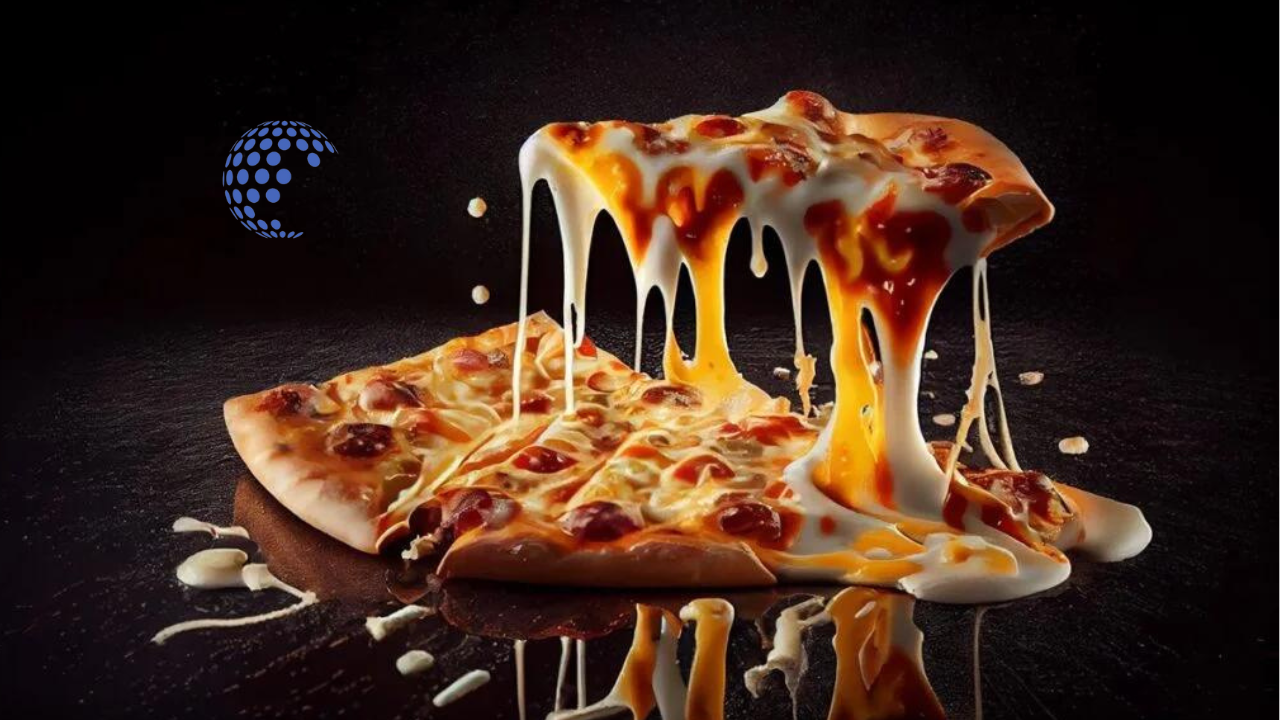The Pizza Edition: A Culinary Exploration

Pizza, a beloved culinary creation, has captivated people’s taste buds and hearts worldwide. Originating in Italy, this versatile dish has transcended cultural boundaries and become a global phenomenon. In this edition, we delve into the rich history, diverse varieties, and artistic impact of the pizza edition, offering readers a comprehensive understanding of this gastronomic marvel.
The Historical Journey of Pizza
Pizza’s history dates back to ancient times, with its earliest roots traced to the Mediterranean region. Flatbreads with toppings were common in ancient Greek and Roman cultures, but it was in Naples, Italy, where pizza as we know it today began to take shape. In the 18th century, the Neapolitan pizza emerged, characterized by its simple ingredients: dough, tomatoes, cheese, and basil. This version laid the foundation for the modern pizza.
The Margherita pizza, named after Queen Margherita of Italy, is a notable milestone in pizza history. Legend has it that in 1889, a Neapolitan pizzaiolo created this pizza to represent the colors of the Italian flag: red tomatoes, white mozzarella, and green basil. This creation honored the queen and solidified pizza’s place in Italian culture.
The Global Evolution of Pizza
As Italian immigrants moved across the globe, they carried their culinary traditions, introducing pizza to new lands. In the United States, pizza is an exceptionally welcoming home. Lombardi’s first pizzeria in America opened in New York City in 1905. Over the decades, pizza evolved to suit American tastes, creating iconic styles such as New York thin crust, Chicago deep-dish, and California gourmet pizzas.
New York-style pizza is characterized by its large, thin, and foldable slices, perfect for eating on the go. On the other hand, Chicago deep-dish pizza is a hearty, thick-crust pie with layers of cheese, sauce, and toppings, resembling more of a pie than a traditional pizza. Popularized by chefs like Wolfgang Puck, California Pizza introduced innovative toppings and focused on fresh, local ingredients, revolutionizing the pizza landscape.
The Art of Making Pizza
Crafting the perfect pizza is an art that combines technique, quality ingredients, and a touch of passion. The foundation of any great pizza is the dough. Traditional Neapolitan pizza dough consists of flour, water, salt, and yeast, left to ferment for several hours to develop its signature flavor and texture. The dough is then stretched by hand to achieve the ideal thickness and shape.
The choice of sauce and toppings is where creativity shines. Classic marinara sauce, made from ripe tomatoes, garlic, and olive oil, is a staple. However, modern pizzerias experiment with various sauces, including pesto, white sauce, and barbecue sauce. Toppings range from traditional mozzarella, pepperoni, and mushrooms to gourmet selections such as prosciutto, arugula, and truffle oil.
Baking is the final crucial step. Traditional wood-fired ovens, reaching temperatures of up to 900°F, cook pizzas in just a few minutes, giving them a distinctive charred crust and a smoky flavor. Modern electric and gas ovens produce excellent results, making pizza accessible to home cooks and professional chefs.
The Cultural Impact of Pizza
Pizza’s influence extends beyond the culinary world, permeating various aspects of culture and society. It has become a symbol of convenience and social bonding. Pizza parties are a common way to celebrate events, from children’s birthdays to office gatherings. The simplicity of pizza makes it a go-to option for casual dining and takeout, fostering a shared experience among friends and family.
Moreover, pizza has inspired a myriad of creative expressions. From pizza-themed merchandise and fashion to art installations and music, pizza’s cultural footprint is vast. Social media platforms are flooded with pizza-related content, showcasing everything from viral pizza recipes to mouthwatering photos. This digital presence has further solidified Pizza’s status as a cultural icon.
Health and Nutrition Considerations
While pizza is often perceived as indulgent comfort food, it can also be part of a balanced diet when prepared thoughtfully. The nutritional profile of pizza varies widely depending on the ingredients and portion sizes. With its simple ingredients, a basic Margherita pizza can provide a good balance of carbohydrates, protein, and fats. Adding vegetables like bell peppers, spinach, and tomatoes boost the fiber and vitamin content.
Whole wheat crusts, low-fat cheese, and lean protein toppings such as chicken or tofu are excellent choices for those seeking healthier options. Additionally, portion control is critical. A few slices with a side salad can create a satisfying and nutritious meal.
The Future of Pizza
As the culinary world continues to evolve, so does pizza. The rise of plant-based diets has led to the development of vegan pizzas featuring dairy-free cheese and an array of vegetable toppings. Gluten-free options cater to those with dietary restrictions, ensuring everyone can enjoy this beloved dish.
Technology is also shaping the future of pizza. Automated pizza-making machines and delivery robots are becoming more common, streamlining the production and delivery processes. Virtual pizzerias, offering online ordering and customized pizzas, are revolutionizing how we experience pizza.
Sustainability is another crucial aspect shaping the future of pizza. Many pizzerias are adopting eco-friendly practices, such as using locally sourced ingredients, minimizing food waste, and opting for biodegradable packaging. These efforts benefit the environment and resonate with a growing number of environmentally conscious consumers.
Read More
Conclusion
The pizza edition has provided a comprehensive exploration of this universally cherished dish. Pizza continues to captivate and inspire from its historical origins in Naples to its global evolution, the art of pizza-making, its cultural impact, health considerations, and future trends. Whether enjoyed as a simple Margherita or a gourmet creation, pizza remains a testament to culinary innovation and the joy of sharing good food. As we look to the future, one thing is sure: the love for pizza will continue to unite people across cultures and generations.






